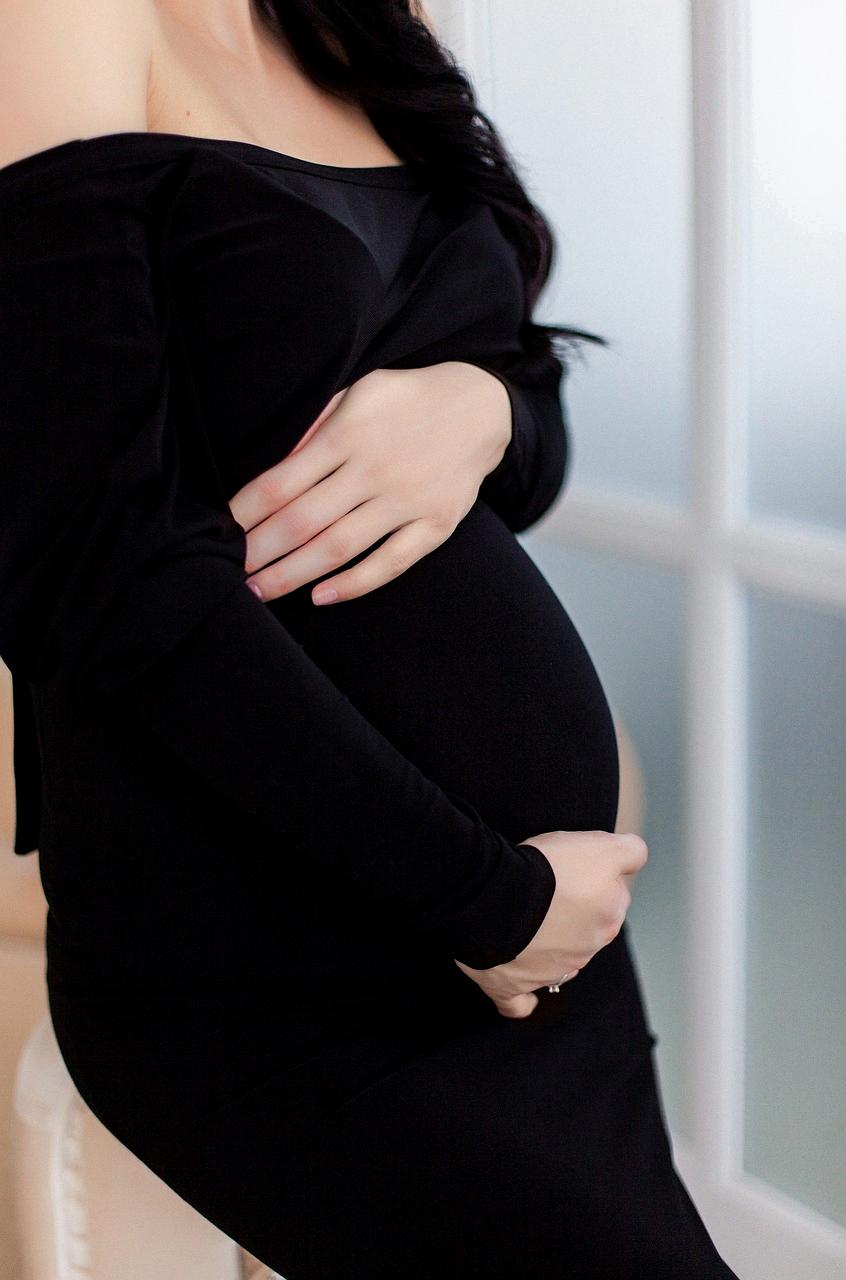Many women wonder whether wetness or changes in vaginal discharge serve as indicators that their period is about to arrive. It’s important to recognize that the female body undergoes various hormonal changes throughout the menstrual cycle, leading to differences in the type and amount of vaginal discharge experienced. Observing these changes can sometimes help predict the onset of menstruation.
Types of Vaginal Discharge
Normal vaginal discharge can vary in consistency and color depending on the menstrual cycle phase. For instance, around the time of ovulation, some women may notice a clear, stretchy discharge, which is considered fertile cervical mucus. As the period draws near, the discharge may become thicker and white. This type of vaginal discharge is known as leukorrhea and can be triggered by hormonal fluctuations linked to the menstrual cycle.
Leukorrhea and Menstruation
Leukorrhea is a term used to describe the white or milky vaginal discharge that women may experience at different points in their menstrual cycle. While leukorrhea is considered a normal and common occurrence, it is essential to highlight that its presence alone may not definitively signal the impending arrival of your period. Instead, it serves as one of the many potential changes that can be observed throughout the menstrual cycle.
Factors Influencing Vaginal Wetness
The sensation of wetness in the vaginal area can be influenced by various factors beyond just vaginal discharge. Hydration levels, sexual arousal, sweat, and even certain health conditions can contribute to increased moisture in the vaginal region. Therefore, while changes in vaginal discharge may sometimes be noted before menstruation, wetness alone may not be a reliable predictor of the period’s onset.
Individual Variations and Menstrual Patterns
It’s crucial to acknowledge that each woman’s menstrual cycle and associated symptoms can vary significantly. While some individuals may consistently observe specific changes in vaginal discharge leading up to their period, others may not experience a noticeable pattern or wetness. Understanding your unique menstrual cycle and paying attention to recurring signs and symptoms can help you anticipate your period more accurately.
Tracking Menstrual Symptoms
For those interested in predicting the onset of their period based on symptoms such as vaginal discharge, maintaining a menstrual diary or using a period tracking app can be beneficial. By logging changes in vaginal wetness, discharge consistency, and other menstrual symptoms over several cycles, you may start to identify patterns specific to your body. This information can aid in better understanding your menstrual cycle and its associated changes.
Consulting Healthcare Professionals
If you have concerns about the changes in your vaginal discharge or experience unusual symptoms along with wetness, it’s advisable to consult a healthcare provider. While some variations in discharge may be normal, certain changes could indicate infections or hormonal imbalances that require medical attention. Seeking guidance from a healthcare professional can help address any underlying issues and ensure optimal reproductive health.
Conclusion
In summary, while changes in vaginal wetness and discharge can occur throughout the menstrual cycle, they may not always serve as definitive signs that your period is approaching. The presence of white or milky discharge, such as leukorrhea, can be influenced by hormonal fluctuations and individual factors. Monitoring your menstrual symptoms, maintaining a menstrual diary, and seeking advice from healthcare professionals when needed can help you better understand your body’s unique cues and maintain reproductive health.

